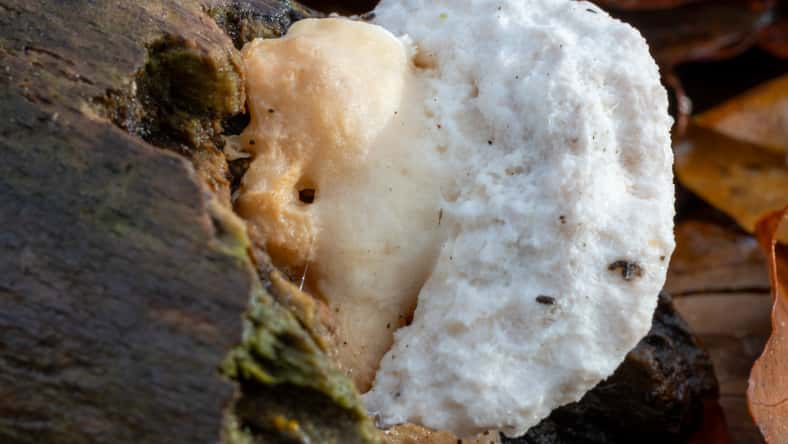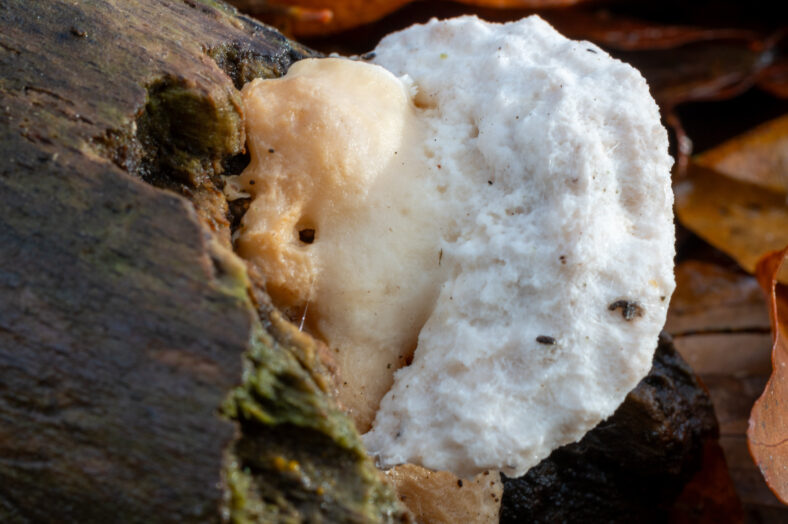
The most bitter-tasting substance on Earth is the bitter bracket fungus, also known as Amaropostia stiptica. It was discovered by scientists in Germany.
It is nontoxic but so unbelievably bitter that the scientists wanted to look into its molecular makeup to help figure out why bitter taste exists at all.
The research team from the Leibniz Institutes of Food Systems Biology and Plant Biochemistry found three previously unknown compounds in the fungus, one of which may be the most bitter substance that anyone has ever come across. It is called oligoporin D, and it is detectable even in small, highly diluted doses.
Even if you dropped 63 millionths of one gram of oligoporin D into a liter of water, you would still be able to taste it. That’s just how strong it is.
The three compounds, oligoporins D, E, and F, are known as triterpene glycosides. They were tested on lab-grown tasting cells, and each of them activated at least one of the 25 varieties of human bitter taste receptors. The taste receptors on our tongues can trigger us to spit out super bitter substances.
Scientists have come to the conclusion that bitterness warns us that something might be toxic, deterring us from eating things we shouldn’t.
But there are so many exceptions to this theory that it does not seem to hold true. While the bitter bracket is not harmful, the deathcap mushroom (Amanita phalloides) is poisonous, yet it’s actually pretty tasty.
“However, humans are not the primary predator of mushrooms; numerous other vertebrates and invertebrates consume them, and their receptors may be tuned to separate toxic from nontoxic mushrooms better,” wrote the authors of the study.
Bitterness receptors are not just found in your mouth, though. They are located in other parts of the human body as well, including your stomach, colon, lungs, and even your skin, although they serve different functions there.

Sign up for Chip Chick’s newsletter and get stories like this delivered to your inbox.
It is unclear why they are present in these areas, but it’s probably safe to assume that it’s to protect us from toxins.
The more that researchers learn about the bitter compound classes and different taste receptors, the better they will be able to develop predictive models to identify new bitter compounds.
The bitter bracket fungus may not have answers for us yet, but they have huge potential to eventually unlock many secrets of bitter flavors, leading breakthroughs in food science and digestion.
“Our results contribute to expanding our knowledge of the molecular diversity and mode of action of natural bitter compounds,” said Maik Behrens, food systems biologist at the Technical University of Munich in Germany.
“In the long term, insights into this area could enable new applications in food and health research, for example, in the development of sensorially appealing foods that positively influence digestion and satiety.”
The findings were published in the Journal of Agricultural and Food Chemistry.












